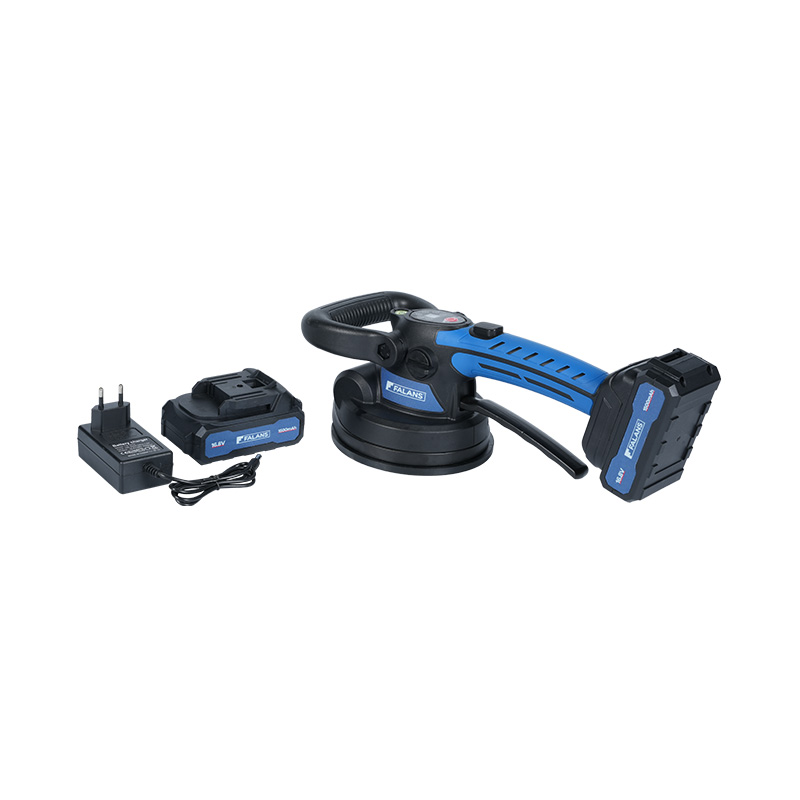Tile installation is a process that requires precision and care, especially when working with large or heavy tiles. One tool that has become increasingly common in the industry is the Tile Vibrating Paver. This equipment is designed to ensure tiles are properly set and aligned during installation, reducing the risk of uneven surfaces and improving overall durability. A common question among contractors and DIY enthusiasts is whether a Tile Vibrating Paver can be used for different types of tiles, such as ceramic, porcelain, or natural stone. Understanding the versatility and limitations of this tool can help users make informed decisions.
A Tile Vibrating Paver works by applying vibrations to the tile surface, which helps settle the adhesive or mortar beneath the tiles. This vibration encourages the adhesive to spread evenly, eliminating air pockets and ensuring better contact between the tile and the substrate. The result is a more stable installation with fewer issues like cracking or shifting over time.
When it comes to the types of tiles that can benefit from a Tile Vibrating Paver, many kinds are suitable. Ceramic and porcelain tiles, which are common in both residential and commercial settings, generally respond well to the vibration process. These tiles are durable but can sometimes be sensitive to uneven adhesive layers, so using a Tile Vibrating Paver helps create a consistent base.

Natural stone tiles, such as marble, granite, or slate, are also candidates for installation with a Tile Vibrating Paver. Because these materials tend to be heavier and thicker, the even distribution of mortar is crucial. The vibrations help ensure that the stone tiles adhere properly and reduce the chances of hollow spots beneath the surface. However, care should be taken to adjust the vibration intensity to avoid damaging more fragile stone surfaces.
One important factor to consider is the tile size and thickness. Larger tiles, regardless of the material, often require additional attention during installation to prevent unevenness. A Tile Vibrating Paver can be especially useful in these cases, as it assists in achieving a uniform bond over a wider area. Smaller tiles, on the other hand, may not always need vibration, but the tool can still be applied if desired.
The type of adhesive or mortar used also plays a role. Some adhesives are more sensitive to vibration, so it is important to choose materials compatible with a Tile Vibrating Paver. In general, cement-based mortars and thinset adhesives work well, but it’s advisable to follow manufacturer guidelines to ensure proper installation techniques.
Operating a Tile Vibrating Paver requires some skill and knowledge. Overuse or excessive vibration can potentially cause tiles to shift or adhesive to move away from certain areas. Therefore, it is important to adjust the vibration duration and intensity according to the tile type and installation requirements. Many professionals recommend testing on a small section before proceeding with an entire project.
A Tile Vibrating Paver can be used effectively for different types of tiles, including ceramic, porcelain, and natural stone. Its main function is to help settle adhesive layers evenly, improving the strength and longevity of the tile installation. Attention to tile material, size, and adhesive compatibility ensures that the tool is used correctly and safely.
Choosing to use a tile vibrator during your tile installation can result in a smoother paving process and fewer problems later on. While it may not be necessary for every tile type or project, knowing when and how to use this tool will give you more control over the quality of your finished product.


 English
English русский
русский Español
Español italiano
italiano